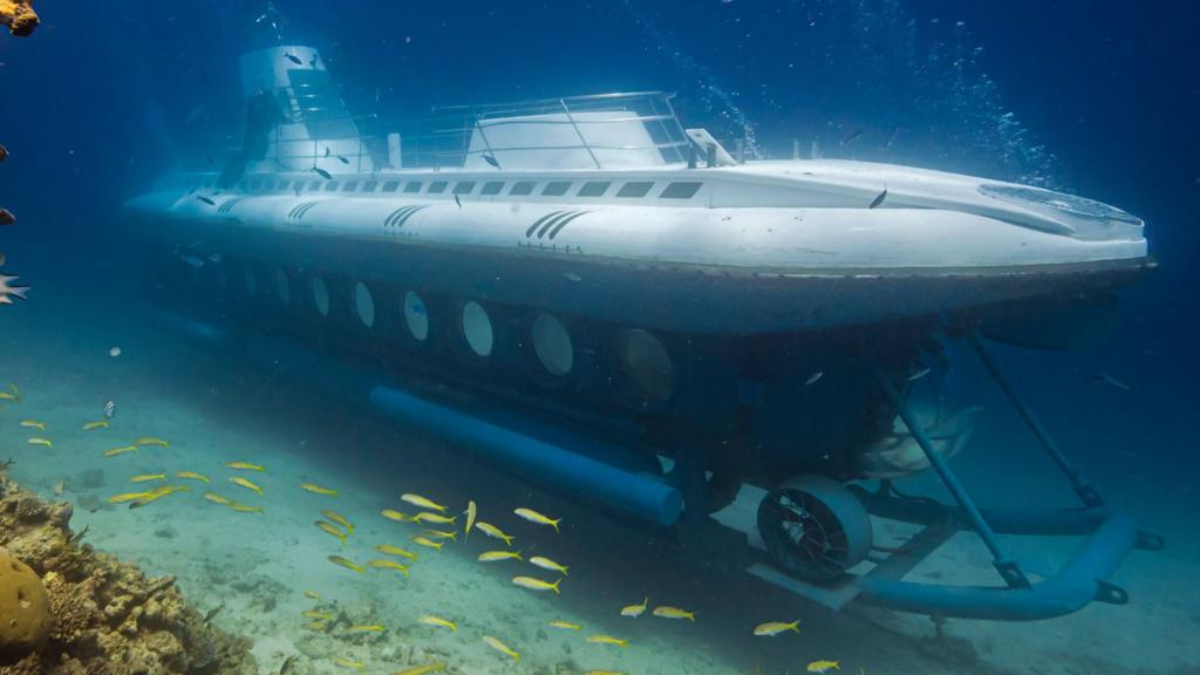The Sindbad submarine, a recreational undersea vehicle used for tourism, sank off the coast of Hurghada in Egypt’s Red Sea on 27 March 2025. The tragic incident led to the death of six foreign tourists, all of whom were Russian nationals. The submarine was on a routine excursion with 45 foreign tourists and five Egyptian crew members when disaster struck.
The Sindbad submarine was designed for underwater exploration, allowing tourists to experience the rich marine biodiversity of the Red Sea’s coral reefs. It had large portholes for clear viewing and was capable of descending to depths of 20-25 meters. However, during its 40-minute underwater cruise, the vessel likely struck a coral reef, leading to a loss of pressure and flooding before ultimately sinking.
Impact on Egypt’s Tourism Industry
Tourism: A Key Revenue Source for Egypt
Tourism is a major contributor to Egypt’s foreign exchange earnings. According to a United Nations report, Egypt generated $14.1 billion from tourism in 2024, which was more than twice the revenue from the Suez Canal. The country’s diverse tourist attractions include:
- The Pyramids of Giza
- Luxor and Aswan along the Nile River
- The Red Sea resorts, which are popular for diving and underwater exploration
Underwater Tourism and the Red Sea’s Importance
The Red Sea is one of the world’s most famous diving and snorkeling destinations, known for its rich coral reefs and diverse marine life. Hurghada, where the submarine sank, is a major hub for underwater tourism, attracting thousands of foreign visitors each year.
However, the sinking of the Sindbad submarine has raised concerns about the safety of underwater excursions. The accident is expected to have a negative impact on Egypt’s underwater tourism industry, which includes scuba diving, snorkeling, and submarine tours.
Growing Risks in Underwater Tourism
Underwater tourism is gaining popularity worldwide, but it also lacks proper regulations, making it risky. The Sindbad submarine disaster is not the first such incident. In June 2023, the Titan submersible, a privately owned deep-sea exploration vehicle, imploded near the Titanic wreck off the coast of Newfoundland, Canada, killing all five occupants. These accidents highlight the dangers of underwater travel, particularly in poorly regulated sectors.
Other Threats to Egypt’s Tourism
Apart from the submarine disaster, Egypt’s tourism industry faces several threats, including:
- Terrorism: Islamic militant groups have targeted foreign tourists in Egypt.
- Houthi Attacks in the Red Sea: Recent attacks by Yemen’s Houthi rebels on ships in the Red Sea have also discouraged foreign visitors.
Geographical and Historical Context
About the Red Sea
The Red Sea is a narrow inland sea that separates Africa from the Arabian Peninsula. It is one of the busiest maritime trade routes in the world and connects to the Mediterranean Sea via the Suez Canal. The name ‘Red Sea’ comes from the presence of a cyanobacterium called Trichodesmium erythraeum, which occasionally turns the water reddish-brown.
The Red Sea borders:
- Egypt, Sudan, and Eritrea in Africa
- Saudi Arabia and Yemen in Asia
About Egypt
Egypt is an ancient civilization that developed along the River Nile. It is often referred to as the ‘Gift of the Nile’, a phrase coined by the Greek historian Herodotus.
- Capital: Cairo
- Currency: Egyptian Pound
- President: Abdel-Fattah al-Sissi
Summary of the News
| Event | Details |
|---|---|
| Incident | The Sindbad recreational submarine sank off the coast of Hurghada, Egypt, on 27 March 2025. |
| Casualties | Six foreign tourists, all Russian nationals, lost their lives. |
| Tourists on board | 45 tourists from Russia, India, Sweden, and Norway, along with five Egyptian crew members. |
| Possible Cause | Likely struck a reef at a depth of about 20 meters, leading to loss of pressure and flooding. |
| Impact | A setback for Egypt’s underwater tourism industry and overall tourism sector. |
| Egypt’s Tourism Revenue (2024) | $14.1 billion, over twice the earnings from the Suez Canal. |



 Bhartiya Bhasha Utsav 2025: Celebrating ...
Bhartiya Bhasha Utsav 2025: Celebrating ...
 Starlink Internet: Revolutionising Globa...
Starlink Internet: Revolutionising Globa...
 Google 2025: Top Searches by Indian User...
Google 2025: Top Searches by Indian User...







